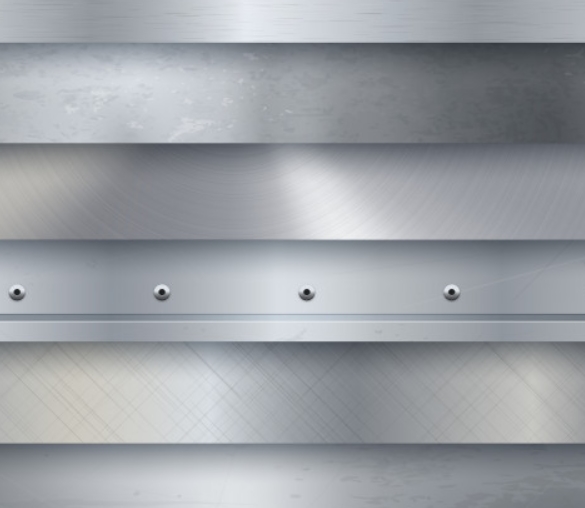Stainless steel, is a steel that has less than 1,2% and at least 10,5% chrome with more than 10.5% chromium, of which the property depending on the quality, has more or less resistance to corrosion and sensitivity to rust. The main types of stainless steel are:
- 301 stainless steel has high tensile strength, which means it is resistant to a high tension tearing it apart. However, is has a low chromium content and a high level of carbon, which make it become corrosive at high temperartures.
- 304 stainless steel is the most commonly used and the most versatile type of stainless steel. Known for its improved weldability and good resistance to heat, it is however shows corrosive reactions when it is in consistent contact with aqueous solutions, which means it is not ideal to be used for warm liquid or viscous product.
KULP uses it for the structure of its machines that are not in direct contact with the product.
- 316 stainless steel, aslo called surgical steel, is has a higher amount of chromium and nickel. This combination makes it extremely resistant and durable, either it’s in constant contact with aqueous product or not. The 316L grade, which KULP uses for the parts of the machines that are in direct contact with the products, has even less carbon content, which makes the steel even more resistant to corrosion, even after the welding.
- 321 stainless steel has an increased resistance to corrosion in very aggressive chemical components. However, due to its titanium-based stabilization, it does not transfer well across a high-temperature arc, which means it is more difficult to weld.
- 430 stainless steel has the same chromium content as 316, but has a less resistance to heat, and is harder to weld. It is usually used in home appliances.

